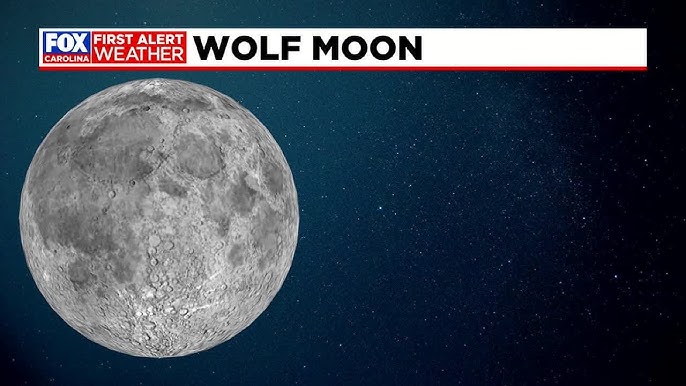January's full Moon apparently became known as the Wolf Moon because wolves were more likely to be active at this time of year, so their howling could be heard more often in January...the names aren't exactly rooted in science, however.
What is special about the Wolf Moon?
Aesthetically, the year's first full moon is unusual for a few reasons.
- The Wolf Moon will be the highest-hanging full moon of 2025 in the Northern Hemisphere and will be in the sky for the longest.
Mid-January still sees longer nights (which means that the moon is visible for more time in the sky), but following the winter solstice in December, these will now begin to get shorter as we make way for spring.
Spiritually, this first new moon signifies a chance to let go of the past and is considered a cathartic time when many perform new moon rituals. This could simply be naming things you want to let go of mentally.
There's also ancient folklore about what the appearance of the new moon symbolises. According to the Almanac website: "A bright first Moon promises rain and a bountiful harvest; a red-tinted Moon means a dry year. A growing Moon and a flowing tide are lucky times to marry. A halo around the Moon predicts wet or stormy weather."
January also marks the beginning of wolf mating season, and that comes with more social behaviours, like travelling in packs. “Howling is for long-distance communication to pull a pack back together and to keep strangers away,” according to the National Wildlife Federation






No comments:
Post a Comment